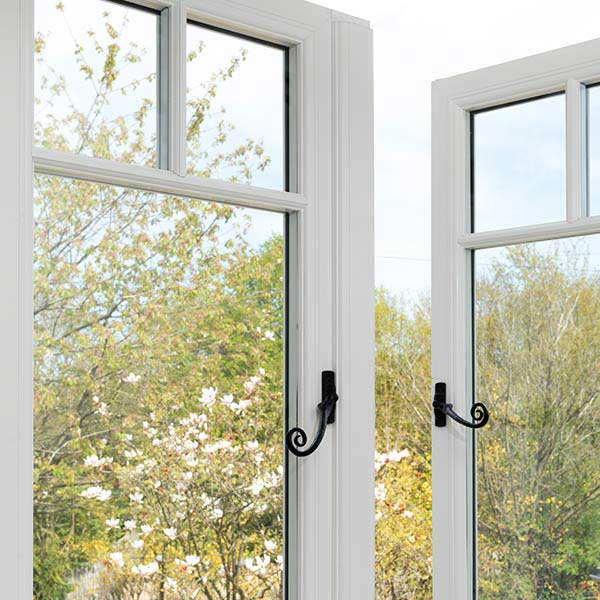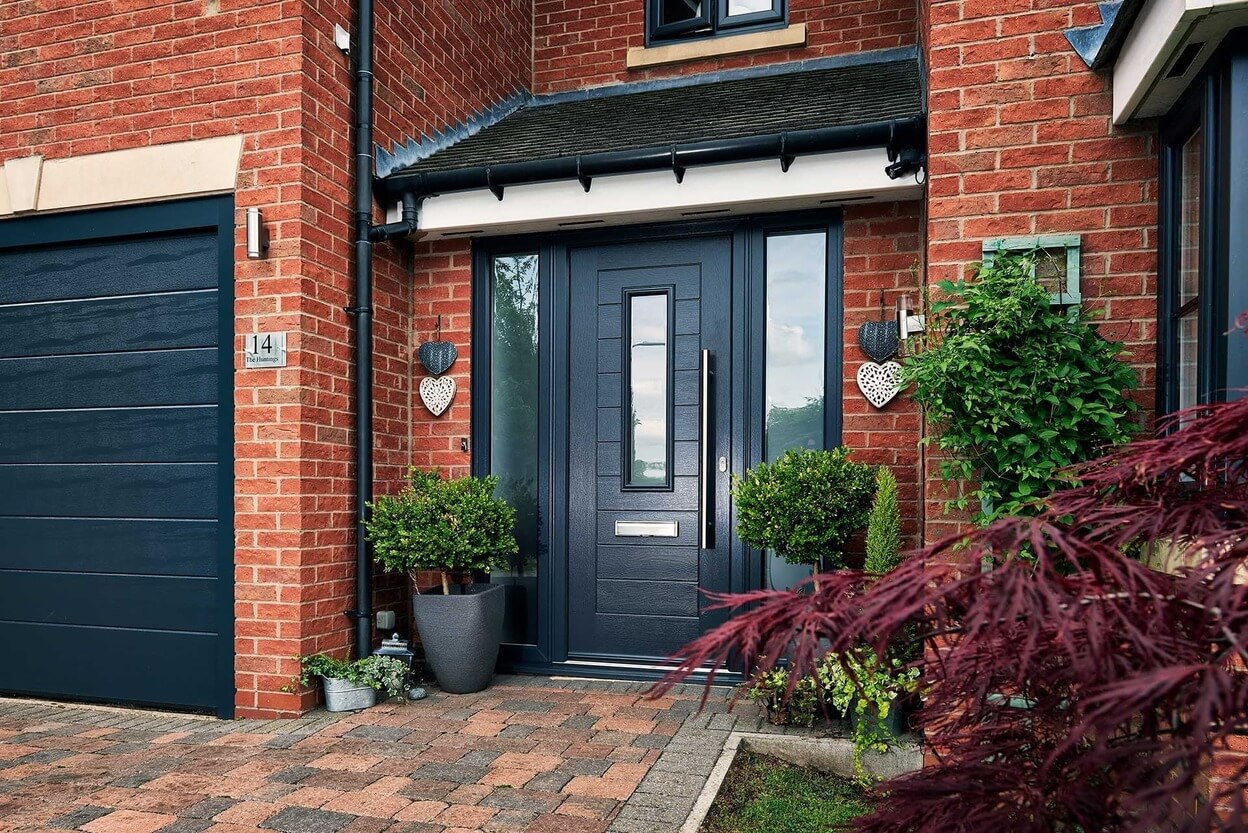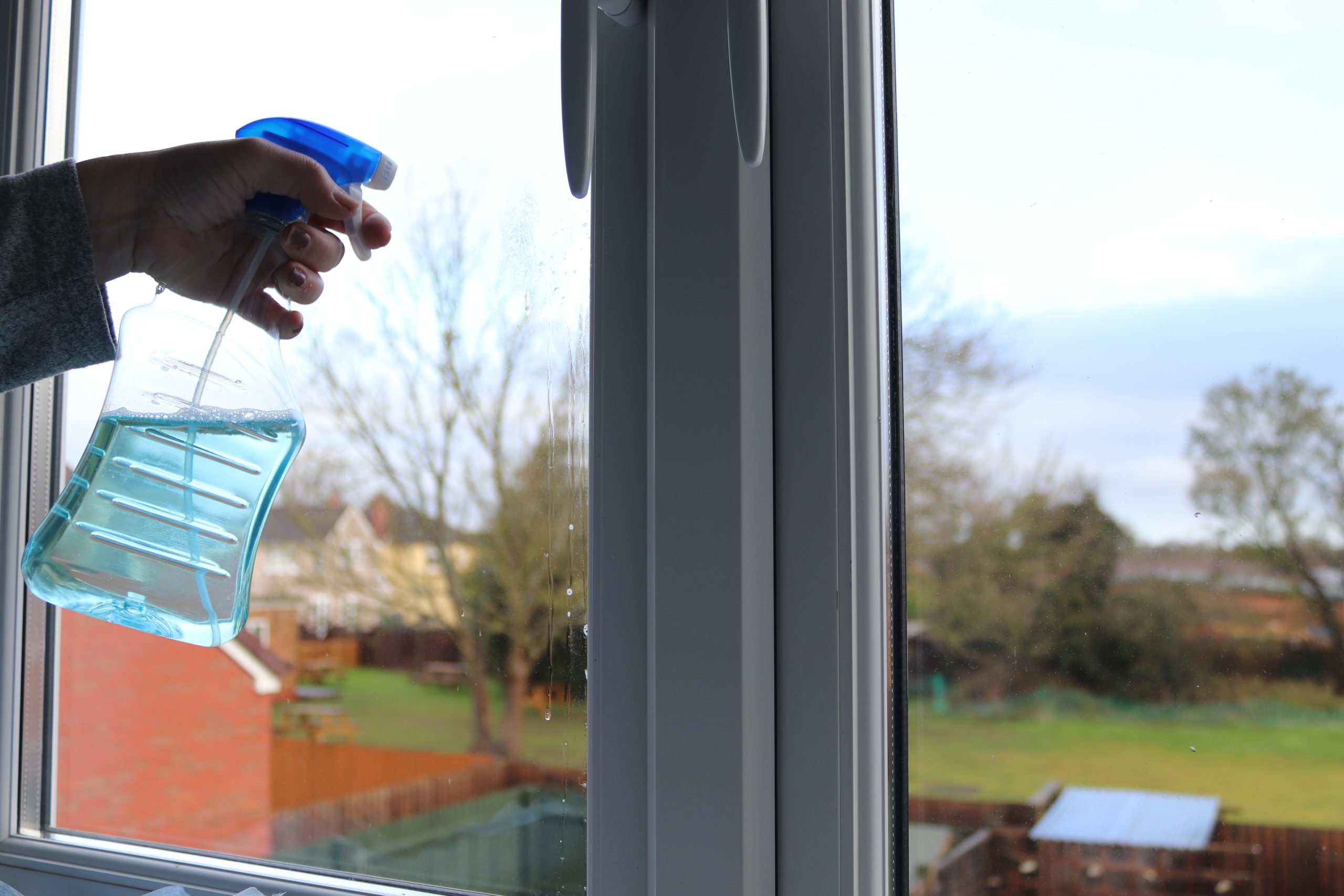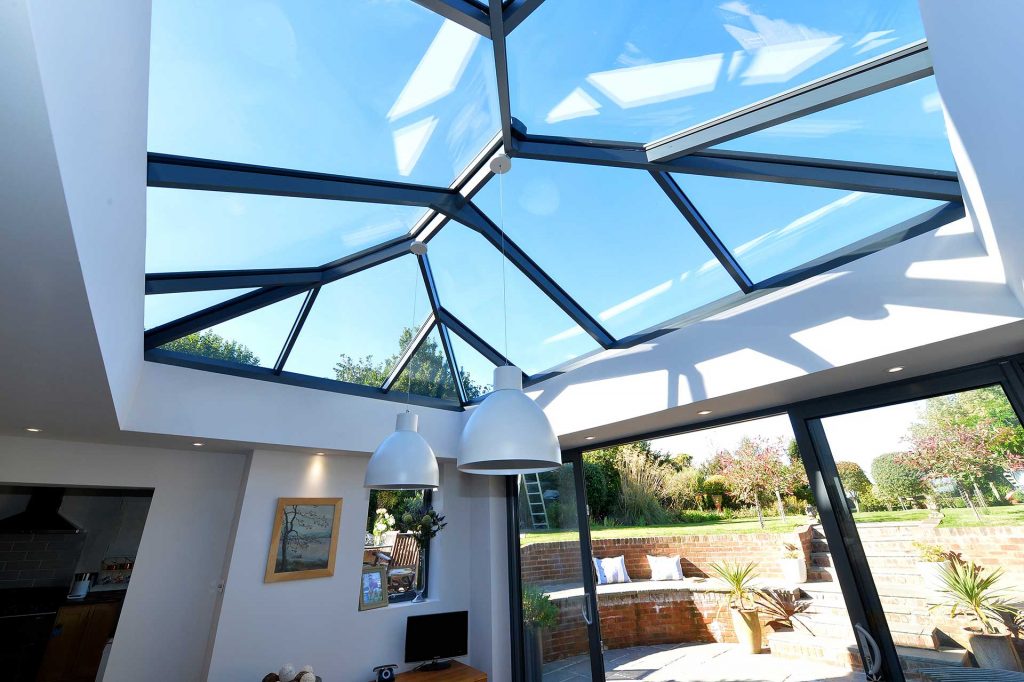uPVC doors and windows are a popular choice for homeowners due to their durability, energy efficiency, and low maintenance requirements. However, like any other part of your home, they need periodic cleaning to maintain their appearance and functionality. In this guide, we’ll explore how to clean uPVC doors and windows effectively, ensuring they look fresh and bright for years to come.
The Importance of Cleaning uPVC Windows and Doors
Over time, dirt, grime, and environmental pollutants can accumulate on uPVC surfaces, leading to discolouration and a dull appearance. Regular cleaning not only enhances the visual appeal of your home but also helps to prolong the lifespan of your windows and doors. By keeping them clean, you can prevent the build-up of mould and mildew, which can cause damage if left unchecked.

How Often Should You Clean Your uPVC Windows and Doors?
The frequency of cleaning will depend on your location and the surrounding environment. If you live in a coastal area, you may need to clean your uPVC more often due to salt and sand. Generally, a good rule of thumb is to clean your windows and doors at least twice a year. However, if you notice significant dirt build-up or have just faced extreme weather conditions, it’s wise to give them a clean.
Essential Cleaning Supplies
Before you start cleaning, gather the following materials:
A soft cloth or sponge
A bucket
Mild detergent or a dedicated uPVC cleaner
Warm water
A soft brush (for stubborn dirt)
A vacuum cleaner with a brush attachment (optional)
A squeegee (for glass cleaning)

Step-by-Step Process: How to Clean uPVC Doors and Windows
1. Prepare the Area
Start by removing any loose dirt or debris from the window frames and sills. You can use a vacuum cleaner with a brush attachment or a soft brush to gently sweep away dust and dirt. This step is crucial as it prevents scratching the uPVC surface during the cleaning process.
2. Mix Your Cleaning Solution
In a bucket, mix warm water with a few drops of mild detergent or a dedicated uPVC cleaner. Avoid using harsh chemicals, bleach, or abrasive cleaners, as these can scratch and damage the surface of your uPVC. Creating scratches will make cleaning harder in the future, creating grooves for dirt to collect in.
3. Clean the Frames and Sills
Dip your soft cloth or sponge into the cleaning solution and wring it out to avoid excess water. Start cleaning the frames and sills, working from the top down to prevent dirty water from running onto clean areas. Use a soft brush for any stubborn dirt or grime that doesn’t come off easily.
4. Rinse Thoroughly
After cleaning, rinse the frames and sills with clean water to remove any soap residue. This step is important as leftover detergent can attract dirt and lead to a dull appearance.
5. Clean the Glass
For the glass panes, use a separate cloth or sponge with the mild detergent solution or a dedicated glass cleaner. Wipe the glass in a circular motion to remove any smudges or streaks. For a streak-free finish, you can use a squeegee to wipe down the glass after cleaning.
6. Dry the Surfaces
Once you’ve cleaned the frames, sills, and glass, use a dry, soft cloth to wipe down all surfaces. This will help prevent water spots and ensure a polished look.
7. Establish a Regular Maintenance Routine
To keep your uPVC doors and windows looking their best, consider a regular maintenance routine. Dusting the frames and sills every few weeks can help prevent dirt build-up. Additionally, check for any signs of wear or damage, such as discolouration or cracks, and address these issues promptly.

Tips for Maintaining uPVC Windows and Doors
Avoid Abrasive Materials
Always use soft cloths and sponges to prevent scratching the surface of your uPVC.
Use Dedicated Cleaners
If you would rather use a cleaner that will guarantee a damage-free clean, look for cleaners designed for uPVC surfaces and glass to ensure compatibility.
Check Seals and Hardware
While cleaning, take a moment to inspect the seals and hardware for any signs of wear. Keeping these in good condition is essential for the overall performance of your windows and doors. A damaged or faulty seal can let in water and draughts, risking condensation and mould affecting your window or door.
Address Stains Promptly
If you notice any stains, such as from bird droppings or tree sap, clean them as soon as possible to prevent permanent damage.

Get Started with Your uPVC Cleaning Today!
Cleaning your uPVC doors and windows is a straightforward task that can significantly enhance the appearance and longevity of your home’s features. By following the steps outlined above and maintaining a regular cleaning schedule, you can ensure that your uPVC remains bright and fresh for years to come.
If you’re considering upgrading your windows or doors, we offer a wide range of high-quality uPVC products designed to enhance your home’s energy efficiency and aesthetic appeal. Use our free online quoting engine today to get a quote, or reach out to our team for more information!














